Good travel photography composition is key to capturing the beauty and essence of a destination. And there are different composition techniques that work best for certain situations. Knowing which ones to use will help you shoot travel photos that wow your friends and family!
[courses category=”Composition”]
Continue reading for our eight top tips to help improve your photos.
This is one of the most common rules of photo composition, and for good reason. Using the rule of thirds means you use two vertical and two horizontal lines to create nine equal rectangles in your frame. The two sets of vertical and horizontal lines create four intersecting points.
Using the rule of thirds means placing the most important part of your photo on one of these intersecting points.
This can help add interest and lead the eye across the frame. Modern cameras and even smartphones have the option of showing you this grid as you compose your photo.
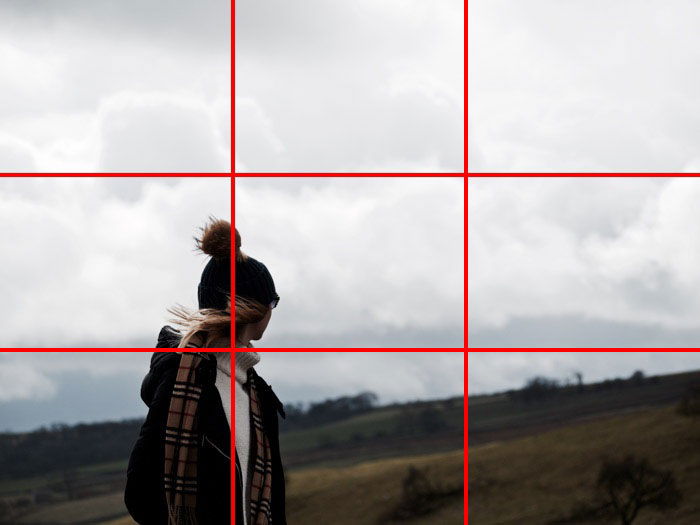
Looking for (or even creating!) symmetry is another great composition option. The trick to using symmetry without the photo feeling stagnant is to center the axis of symmetry in one direction.
For example, if you use a reflection to create your axis of symmetry, placing it off-center directs the eye by shifting the visual weight. In the photo below, the axis of symmetry is vertical. But the pews at the bottom and the light fixture at the top keep the eye moving.
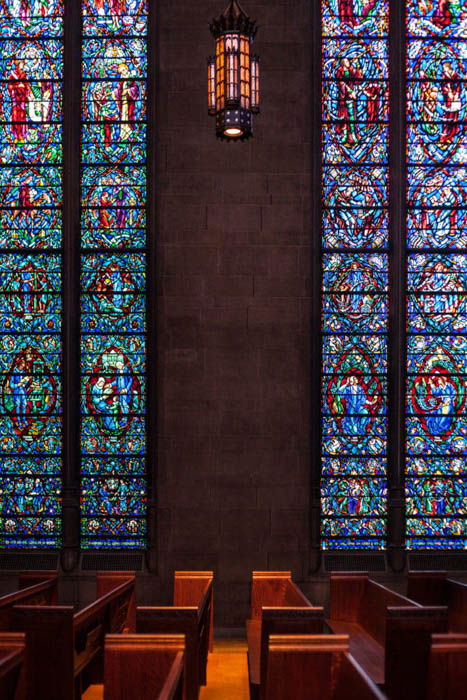
Leading lines can instantly create order in a composition by giving the eye direction. With this technique, you use different elements to create a line for your viewer’s eye to follow straight to your subject.
Sometimes it can be a path in the road, a fence, or a series of items that create a visual line. If you try this technique, always try shifting your position. Find the ideal spot that creates a leading line in the direction of your main subject.
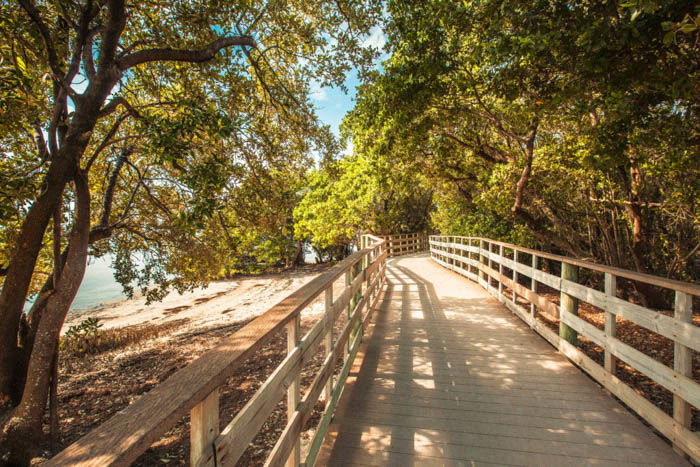
Using elements like windows or arches as a frame is ideal for spectacular views that need context. Typically, you’ll want to shoot these straight-on. But don’t be afraid to shoot at an angle if it adds dynamism to your photo.
In the image below, the photographer framed the bird in the small opening of the wall. The silhouette of the bird sitting on a ledge wouldn’t be as interesting of a composition if it weren’t framed like it is.
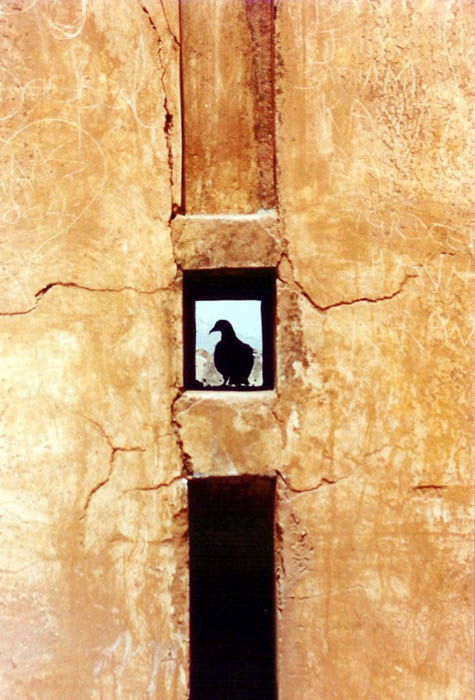
Color can have a powerful impact on a composition. Bold colors have a heavy visual weight of their own, so think of it as creating a painting! You can use color to lead the eyes in certain directions. Or you can use it to balance the composition.
The photo below uses both leading lines and color, but if this was a black-and-white photo, the impact would be less significant. The bright yellow leads the eye up the frame, and the blue helps your eye land on the horizon.
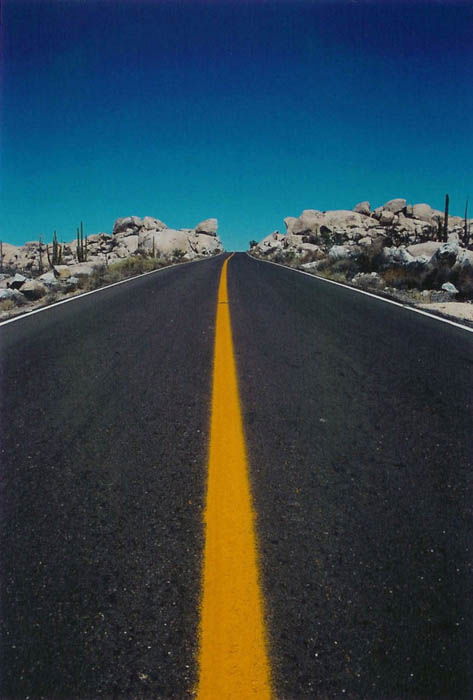
Sometimes, all it takes to take a photo from bland to beautiful is a shift in perspective. This can mean taking a few steps to the left, kneeling rather than standing, or shooting from the rooftop rather than at street level.
There’s a phrase in photography that goes, “Focus with your feet.” Basically, it means moving around to see how your perspective changes.
In the photo below, I simply looked down to the street from a higher window to see life from a different perspective!
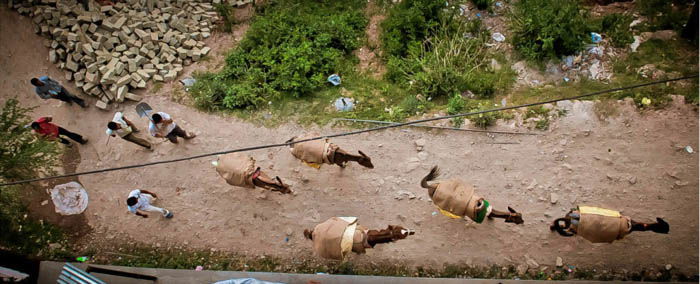
Another way to change perspective is to think about how close or far you are from your subject. Play with how a photo changes when you fill the frame with someone’s face. And then compare that to when you include the surrounding context.
If you step back and leave context, be sure to choose your aperture carefully. If you want bokeh in the background, use a wide aperture. If you want the surrounding context in focus, use a smaller aperture.
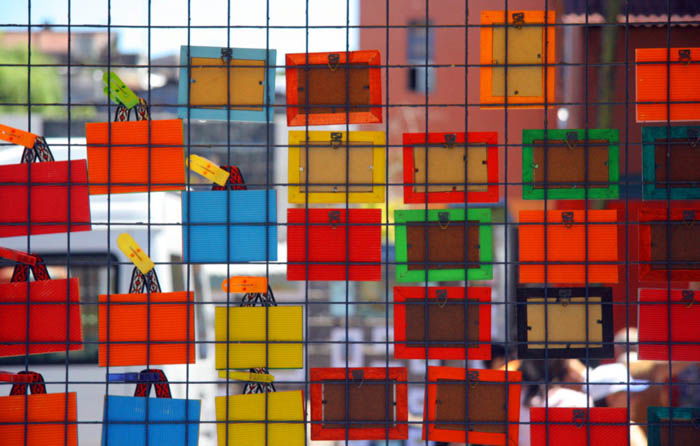
Sometimes, it’s difficult to show the scale of a place. This is especially true when traveling and seeing large monuments or architectural elements. A quick and simple way to introduce scale into an image is to include a familiar element—like people!
If you’re photographing a huge open space, having people walk through the scene can convey its impressive size. Other elements that you can insert for scale are cars, bicycles, your hands or feet, or chairs.
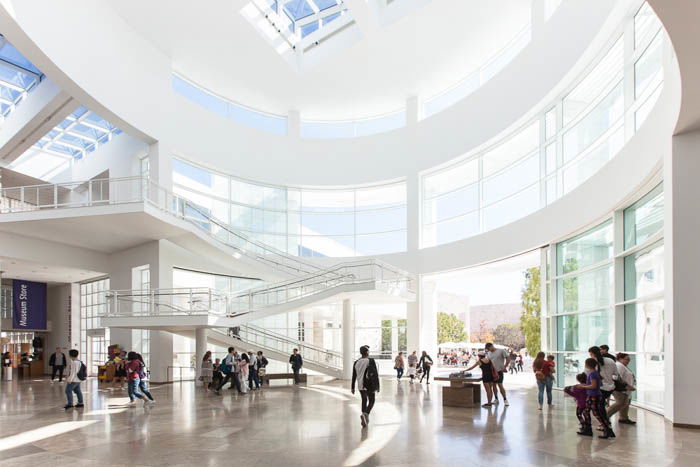
Next time you’re exploring the world, whether close to home or far away, be sure to practice a couple of the above techniques with your travel pictures.
With more practice, these composition techniques will come to mind instantly, and you’ll soon be capturing travel photos that perfectly showcase your trips!
[courses category=”Composition”]